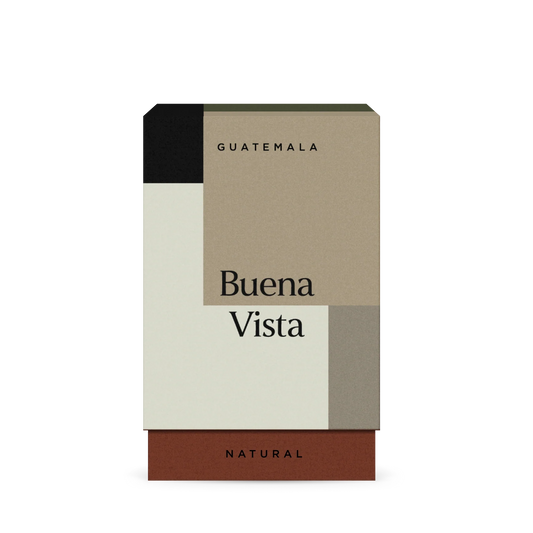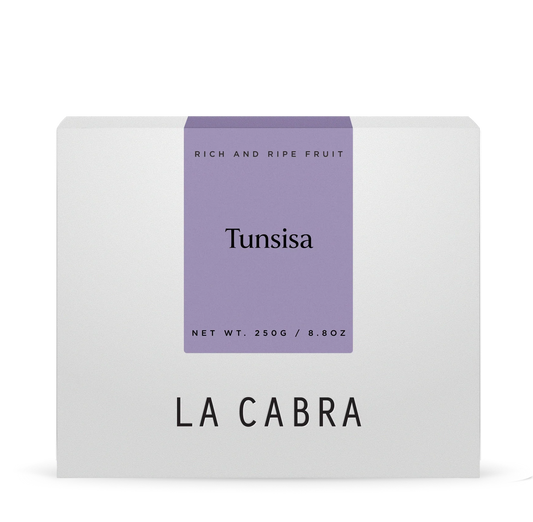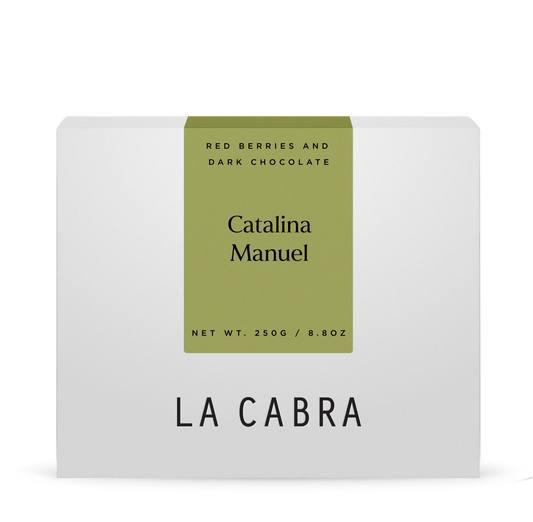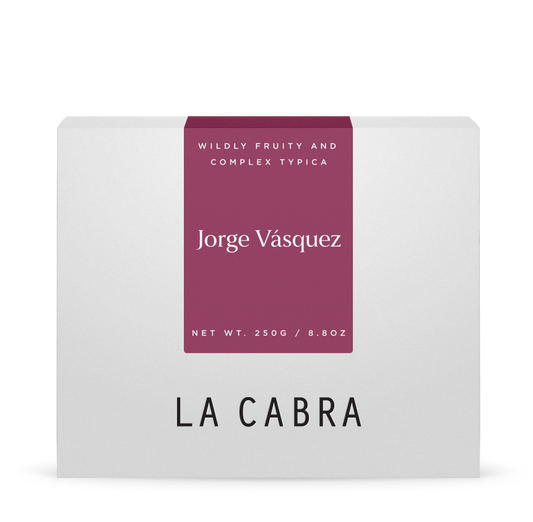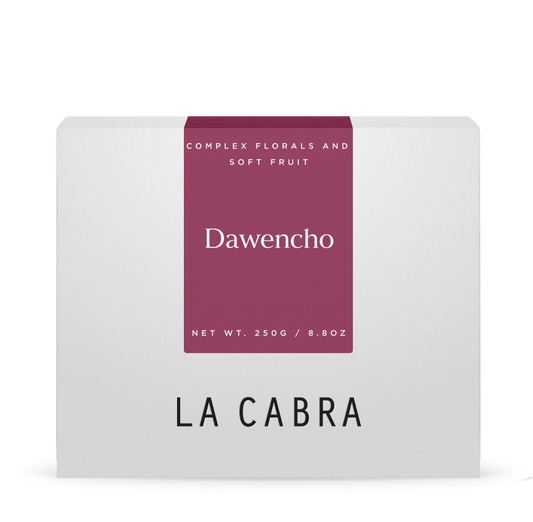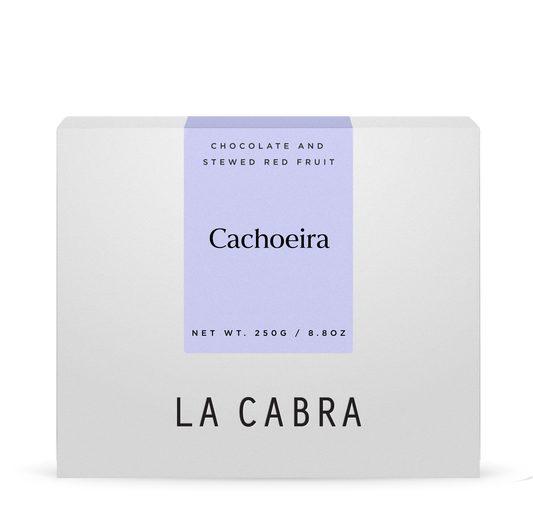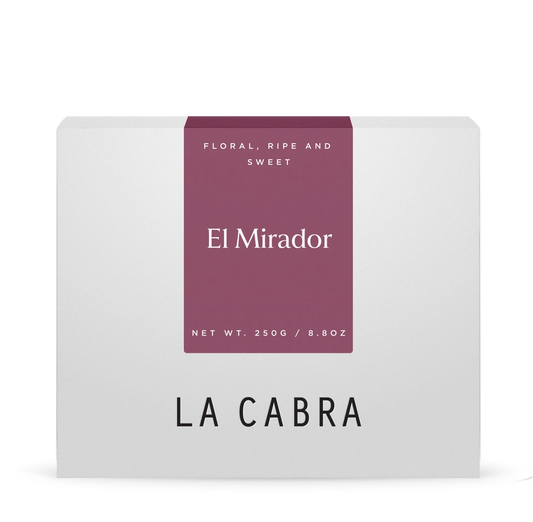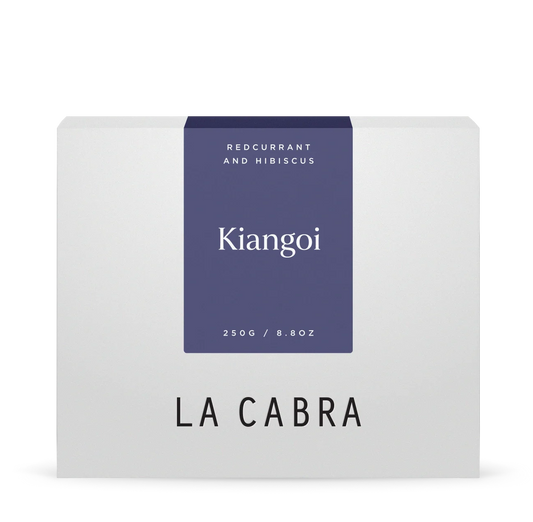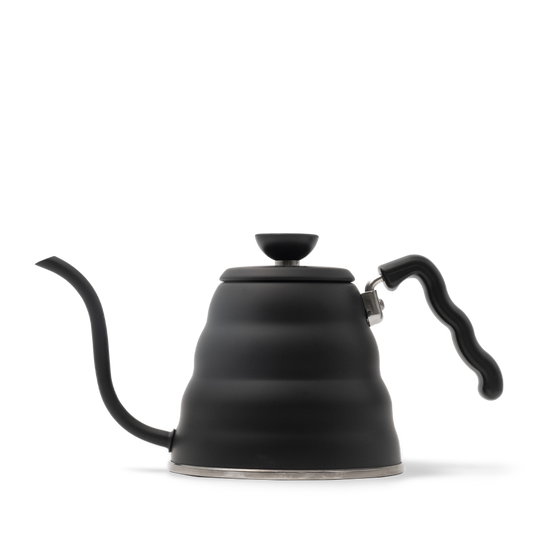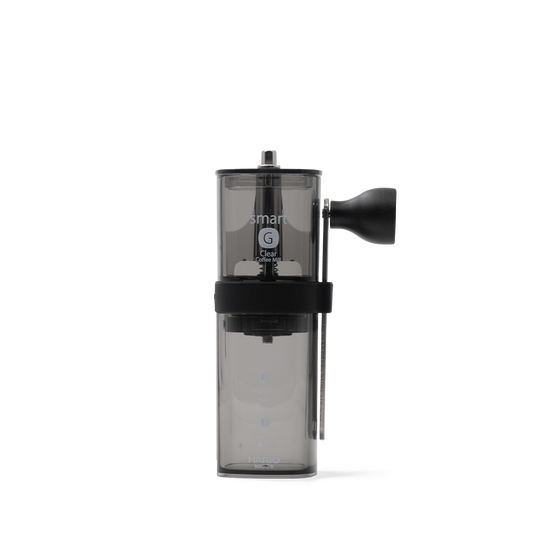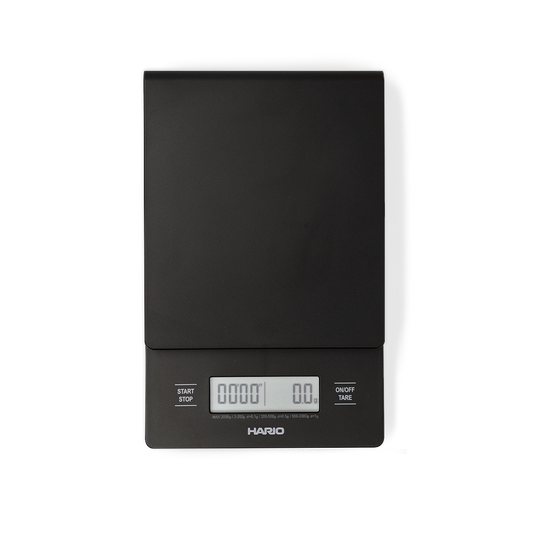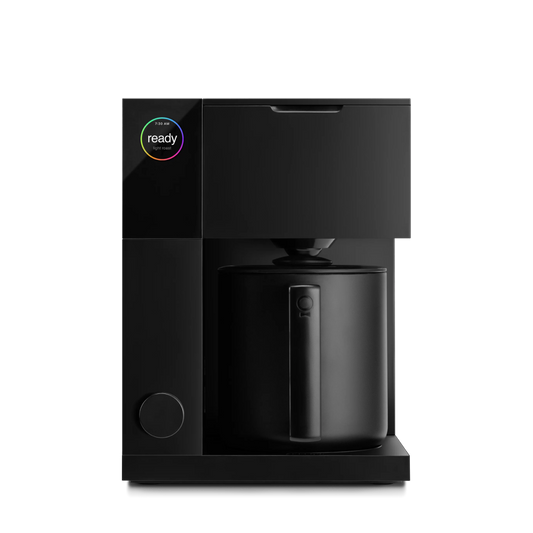
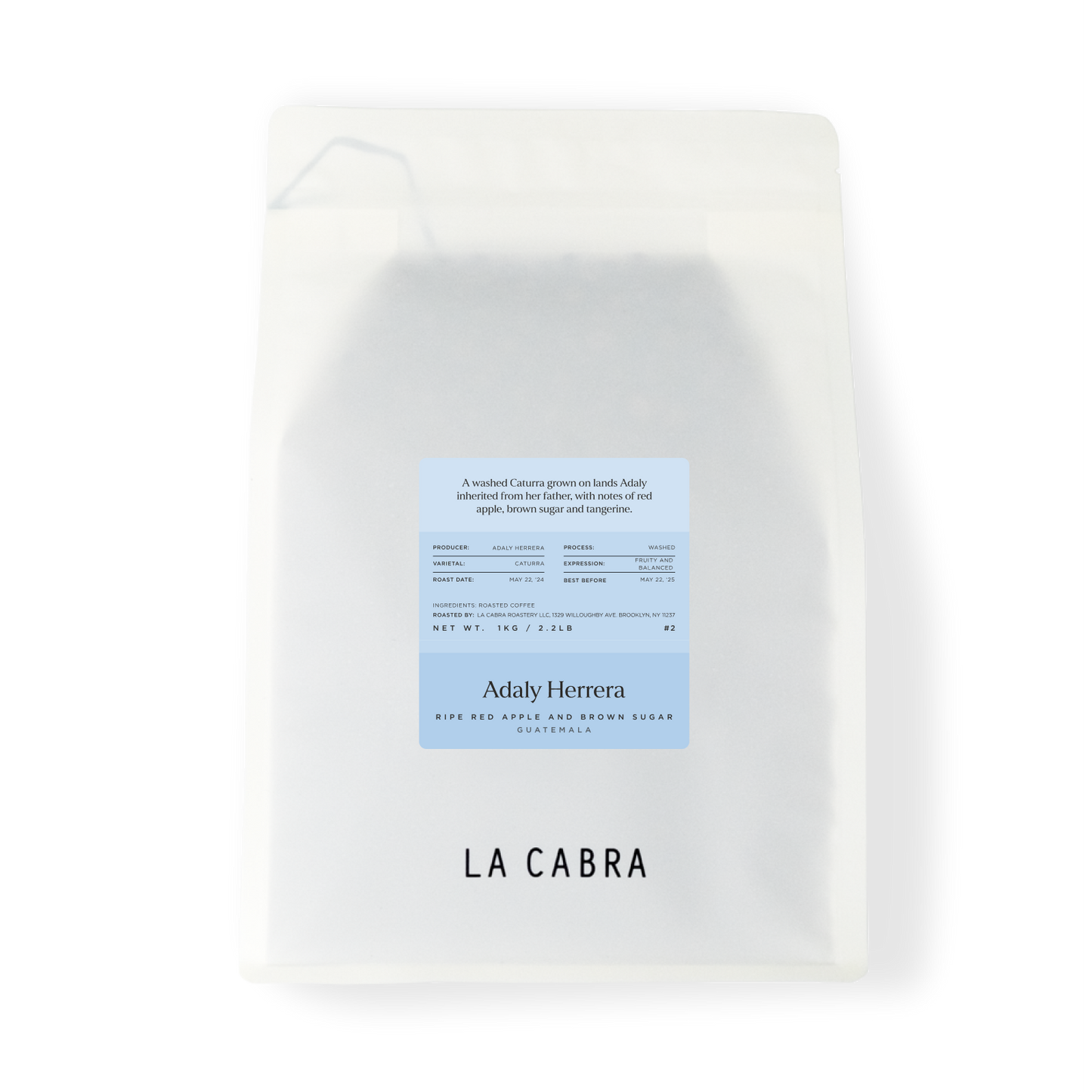
Adaly Herrera
Adaly Herrera grows coffee not far from the village of El Tablon, in the Huista micro-region. Many of our Guatemalan releases come from Huista, due in part to the excellent quality, and to our partners from Primavera’s focus here, with a warehouse and lab located in San Antonio Huista to better support the producers of the region.
-v1722990393318.jpg?900x1125)
Adaly only inherited this small plot from her father three years ago, and has since sought to improve the quality of her crop. She has been working on the farm with her family all her life, and is consolidating this experience into their practices on the farm today. She still processes coffee together with her father on his part of the family lands, but aims for a higher level of quality and a different profile in the cup, fermenting long and slow in the cool mountain climate. This leads to a soft and complex flavour profile with notes of ripe red apple, soft brown sugar, and an aromatic tangerine finish.
-v1722991418859.jpg?900x1125)
Adaly works with our partners Primavera in Huista. We have been working with Primavera since 2017, and this is our first release together in the US.
Huehuetenango
Huehuetenango is located in the north-western highlands of Guatemala, and borders with Mexico. It is home to the highest altitudes in all of Central America, due to the presence of the Sierra de los Cuchumatanes mountain range, which peaks at 3837 masl. This creates lots of high altitude land to grow high-quality coffee, an important crop in an area where agriculture is the largest industry. A dry hot wind also blows in from the Tehuantepec plain in Mexico to the north, which protects crops from frost, allowing coffee to grow even higher up the slopes, often above 2000 masl.
A dry hot wind also blows in from the Tehuantepec plain in Mexico to the north, which protects crops from frost, allowing coffee to grow even higher up the slopes, often above 2000 masl. These high altitudes also lead to very beautiful scenery, something the area is known for, but also to a remoteness not found elsewhere in Guatemala. 9 different ancient Mayan dialects are still spoken here, and the region is home to some of the best preserved examples of Mayan architecture.
The remoteness also makes sourcing coffee a challenge here, the journey to farms often takes days over unforgiving terrain, and would-be coffee buyers require knowledge of the local dialects, or an experienced guide. We have visited and worked with our Guatemalan partners at Primavera for the past eight years, and have been stunned by the beauty of both the coffees they have been sourcing, and of this captivating region.
-v1722991020517.jpg?1200x960)




